How to Grow Artichokes
One of my favorite garden vegetables are artichokes. But can they grow in all areas? In this post, I’m going to share tips on how to grow artichokes. And where they grow best!
Artichokes are delicious gourmet vegetables that are easy to grow. These plants are a perfect inclusion for your garden, especially if you are looking for leaves that will add a unique, attractive view to your garden and are easy to grow and manage.
The plants require less space considering that you can harvest up to twenty artichoke buds per plant.
And the juicy part about why you need to learn how to grow artichokes is that they can grow in different weather conditions. You don’t need to worry much about the climate.
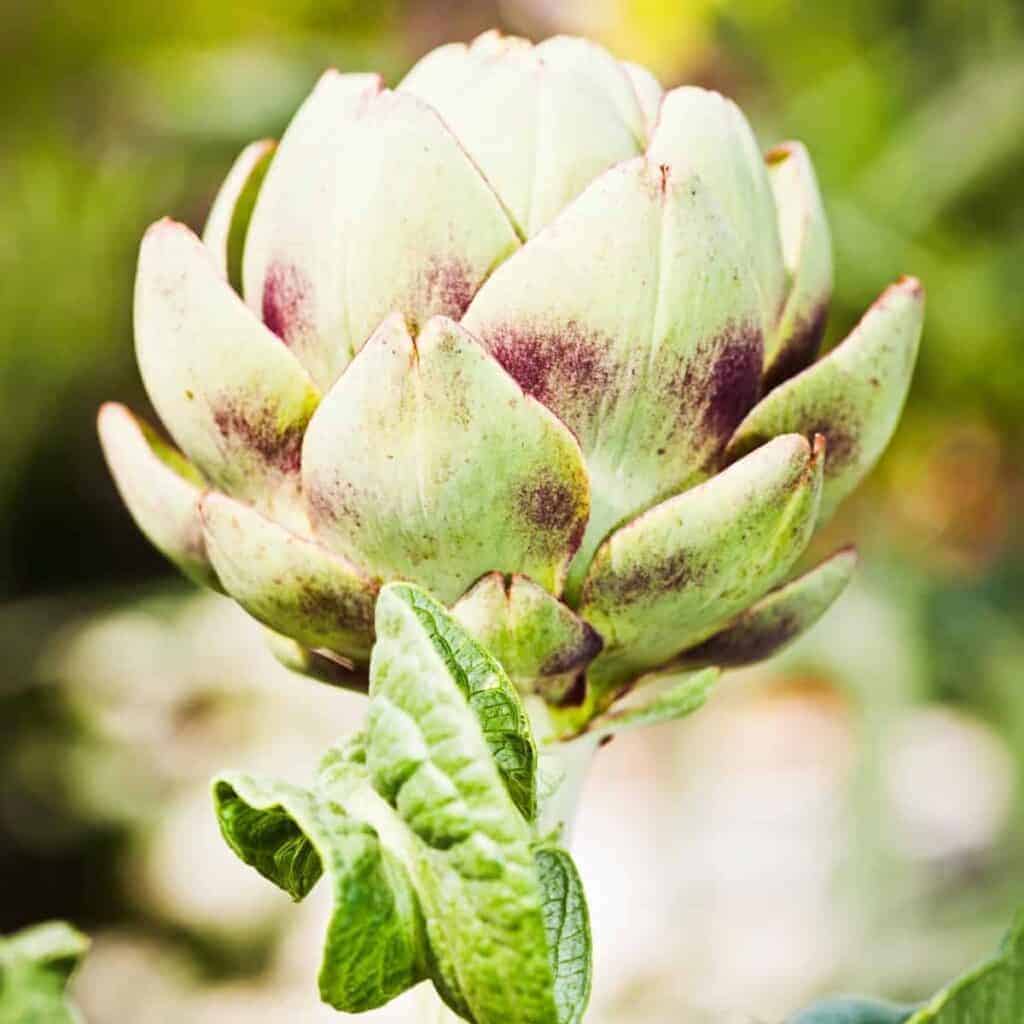
How to grow artichokes
Growing artichokes takes one of two ways. Either from pre-started plants or seeds. The easiest way to produce these herbaceous perennials is by using the pre-started plants.
However, if you are going to use the seeds, you’ll need to start them indoors 2-3 months before transferring them to the garden.
Whether you choose to use the pre-started plants or decide to start your seeds, you will find in this blog post essential tips for growing artichokes in your kitchen garden.
Ready to get your hands dirty and learn how to grow artichokes?
Let’s get started.
Related: Creating a Kitchen Garden
What type of growing conditions are needed
Artichokes usually are grown as container plants before they are sold or transplanted to the garden. On average, they take two years to flower.
When selecting the planting site, it is crucial to consider a location that will sustain these plants for 2-5 years.
Artichokes can be perennials or annuals, depending on how cold your winter gets. In warmer climates, artichokes will come out year after year with very minimal care.
If you are planting them in the northern climates, manure heavily in the fall, and your artichokes may come up the following spring depending on how harsh the winter gets.
Artichokes grow upright. Mature ones can grow as big as 3-4 feet high, and their leaves can spread 4-6 feet wide. Therefore, it is appropriate to ensure that your garden has enough room to accommodate up to 4 feet in height and spacing of 3-5 feet.
The trick to growing amazing artichokes is to keep them well-watered and sufficiently mulched during the planting season. The water will give the plants the most succulent and tender petals during a harvest.
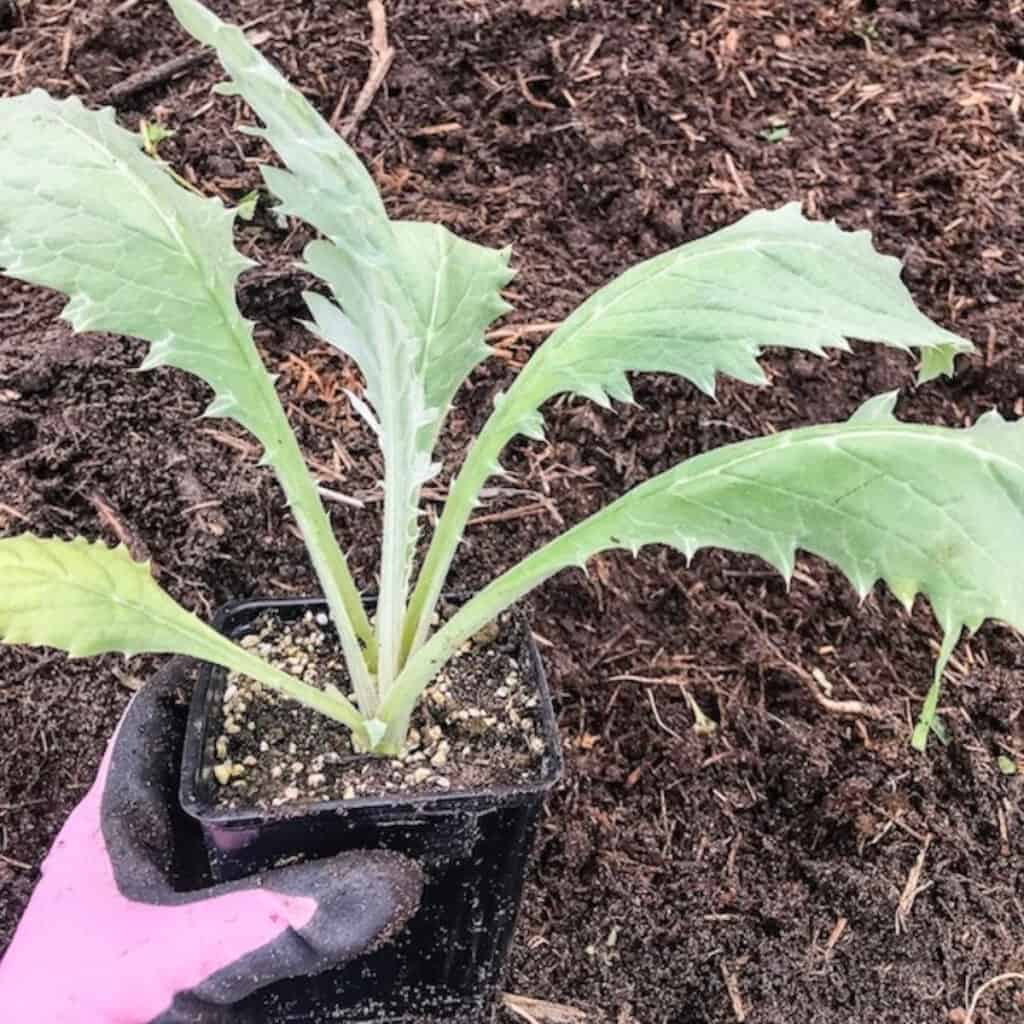
Best Soil Type
Artichokes thrive in fertile, well-drained sandy or loamy soils of pH value between 6.5 and 7. Ensure the ground can retain water longer for the roots to absorb water during summer.
If your garden soil does not conform with the requirements of artichokes, consider amending it. You can improve earth texture by adding organic matter to achieve the required structure and water retention capabilities.
You will also need to amend the soil’s pH if it is too acidic or too alkaline. A soil test kit can help to determine the current pH value.
If your soil is too acidic, add a recommended amount of lime to neutralize it to a pH slightly on the alkaline side. If it’s too much alkaline, add sulfur accordingly to meet the recommended value for artichokes.
Temperatures
Artichokes flourish in warm weather conditions. The plants blossom during the long humid summers and warm winters (at least 100 to 150 frost-free growing days).
Want to save this?
Grow artichokes in warmer climates of temperatures above 50℉ at night and not exceeding 70℉ during the day.
Sun exposure
Artichokes flourish in full sun with less heat. The plants will quickly flower if exposed to soil with excessive heat. If the ground is scorching, you can apply a thick layer of organic matter around the base to regulate the heat.
When planting, space the artichokes at least 3-4 feet apart so that the taller ones do not prevent the shorter ones from direct sunlight.
Artichoke companion planting
The best companion plants you can grow next to artichokes in your vegetable garden are sunflowers, tarragon, peas, and the cabbage family.
These companion plants will not compete for nutrients with artichokes. Peas are the best companions because they excrete nitrogen that’s much needed by these plants.
Artichokes are massive. They grow to a height of 3-4 feet, and their leaves can spread 3-5 feet. Their leaves are enormous and can muscle or shade out smaller plants.
Avoid planting anything that occupies much space next to these gourmet vegetables. Also, don’t plant artichokes next to corn plants.
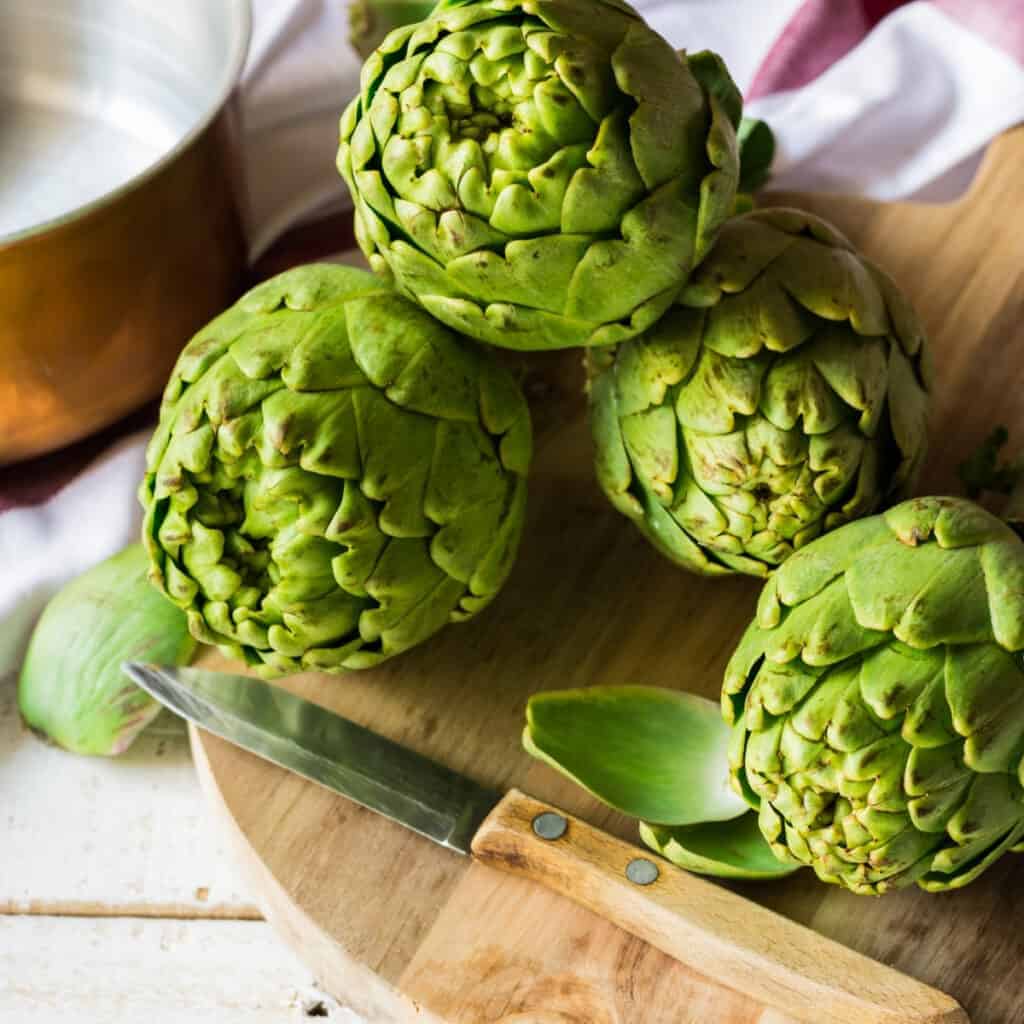
Growing artichokes: 3 easy steps
- Choose the Appropriate Location: Consider a location that meets the growing conditions of artichokes. The soil should be loamy or sandy with good drainage. A pH value of between 6.5 to 7 is excellent. Ensure the ground is moist and capable of retaining water, and plenty of sunlight (up to 8 hours of daylight) is essential. Amend the soil if it’s in bad shape.
- Soil Preparation: Work on the ground if it does not meet the growing conditions of artichokes. Dig rows at least 8 inches deep and 3-5 feet apart. Mulch the rows 5 feet deep to ensure sufficient nutrients for the artichokes.
- Plant the Artichokes: Transplant the seedlings 3-4 feet apart in rows 3-5 feet apart. Keep the artichokes well-watered and well-fed throughout the planting season.
Artichoke harvesting
Harvesting time depends on whether the artichokes are grown as perennial or annual. Perennial artichokes get ready for harvesting in the spring (two years from planting date)—annual artichokes bud in the summer.
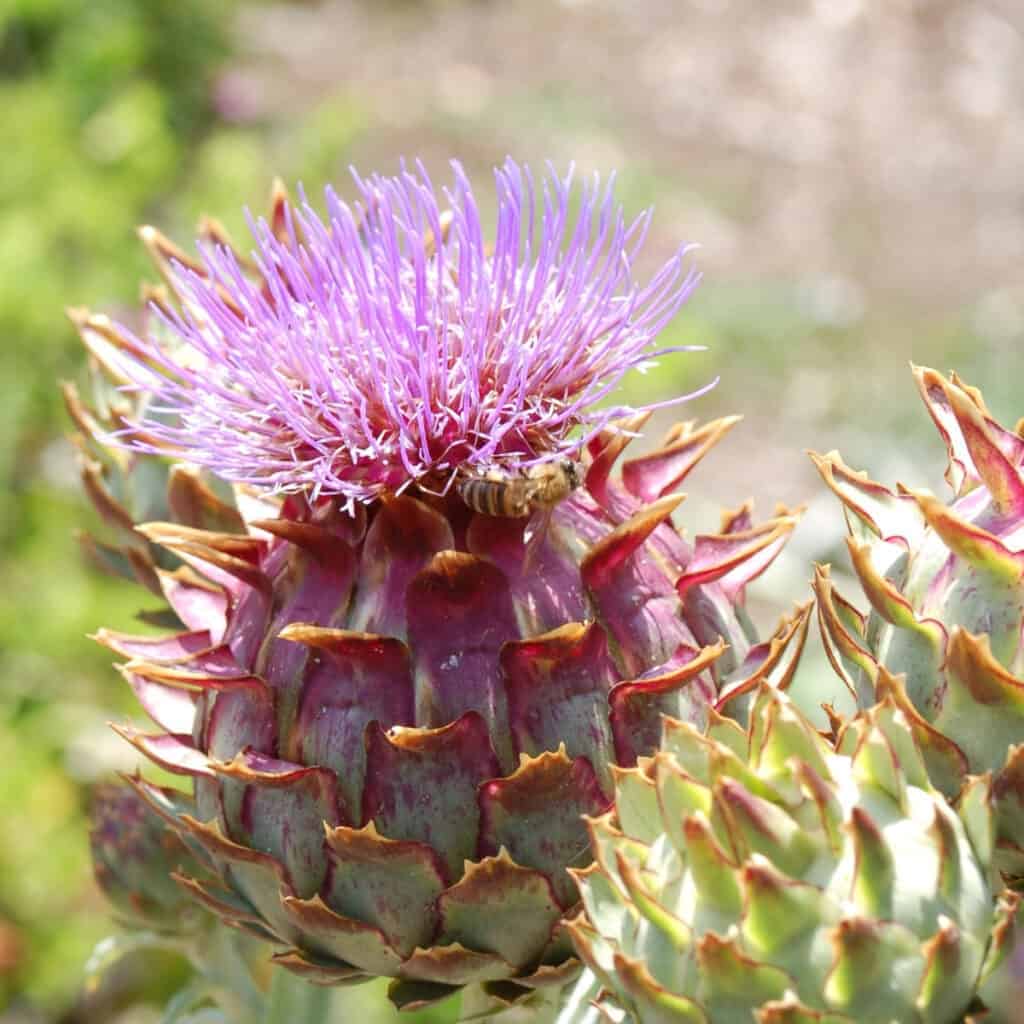
To harvest the artichokes, cut the stems at angles 3-4 inches below the artichokes’ base. It would be best to gather the artichokes with some of the stalks attached because the stems contain a tasty hard flesh used in recipes.
Harvest artichokes while the buds are still tight and approximately 3 inches in diameter. If the buds open fully, they are inedible. Instead, they will develop into large, striking, lavender flowers that you can use to beautify your garden.
Frequently Asked Questions
Ready to Grow Artichokes?
The information we have shared here on how to grow artichokes is all you need to develop this delicious vegetable. Put into practice what we have shared in this blog post and plant this fantastic crop in your garden.


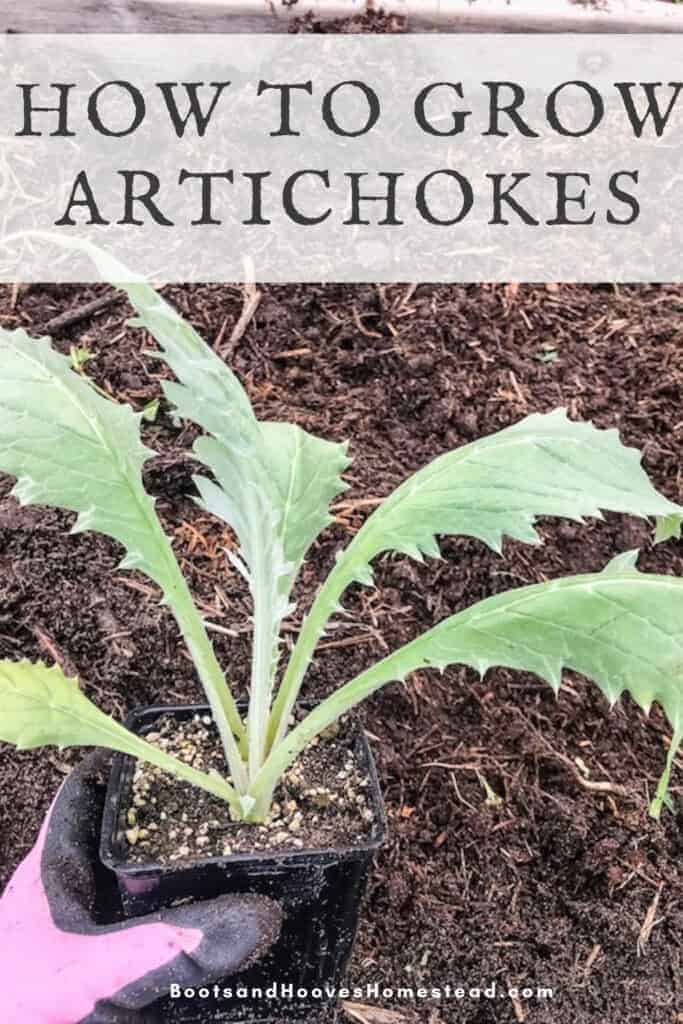
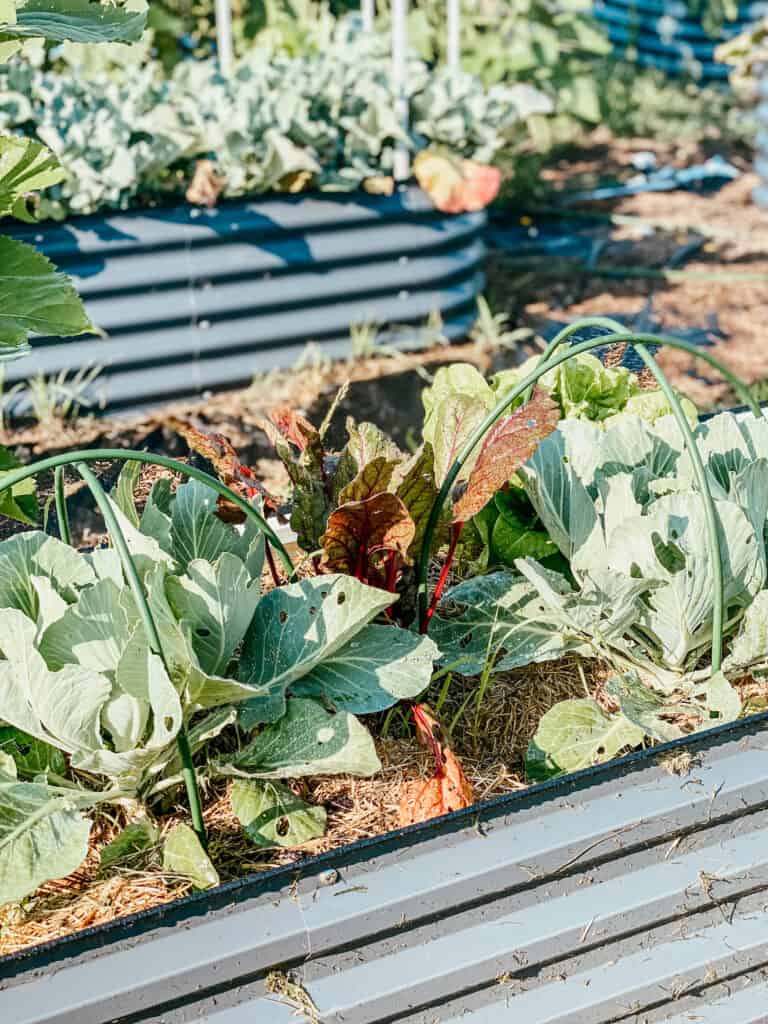
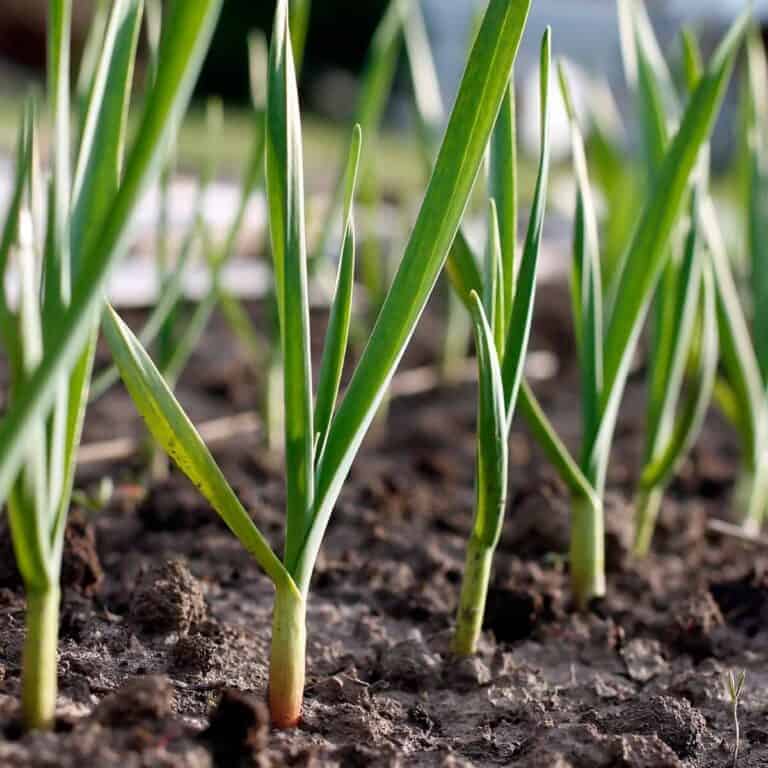
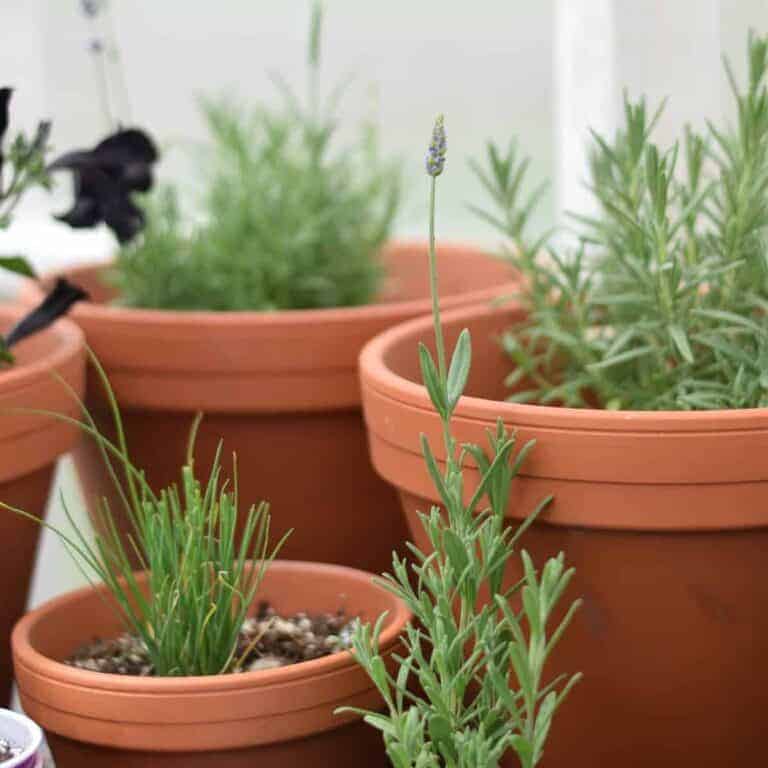
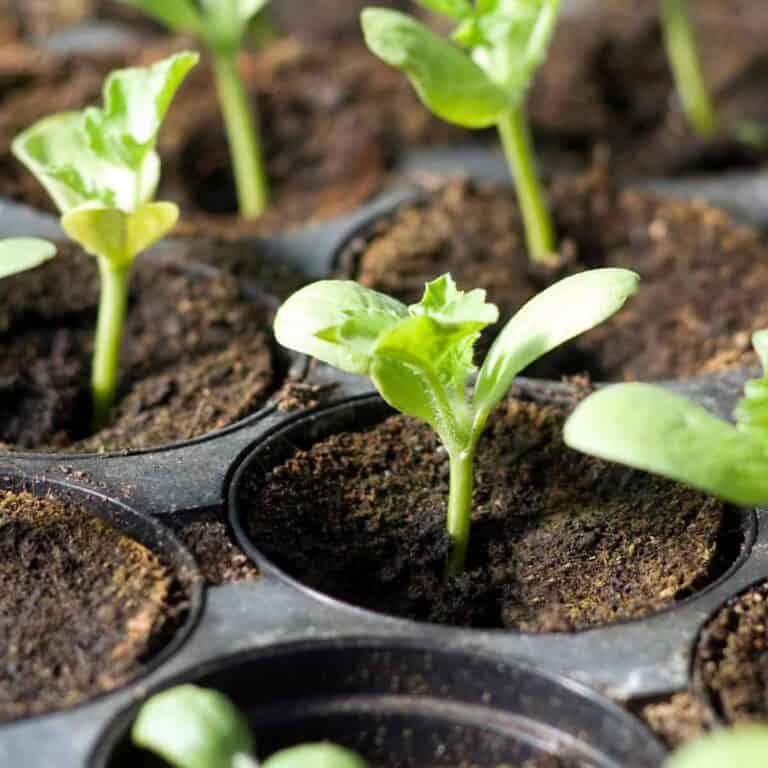
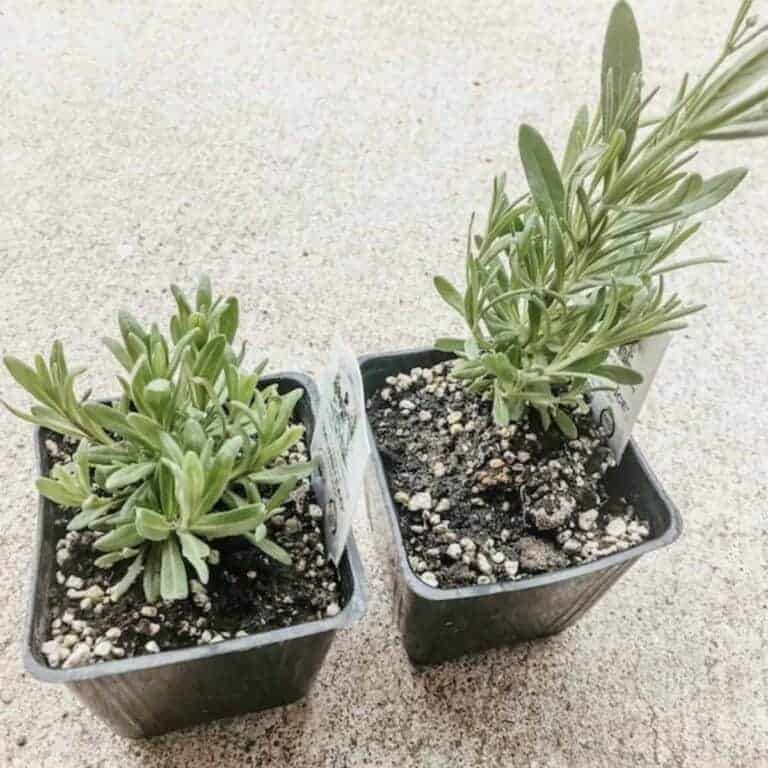
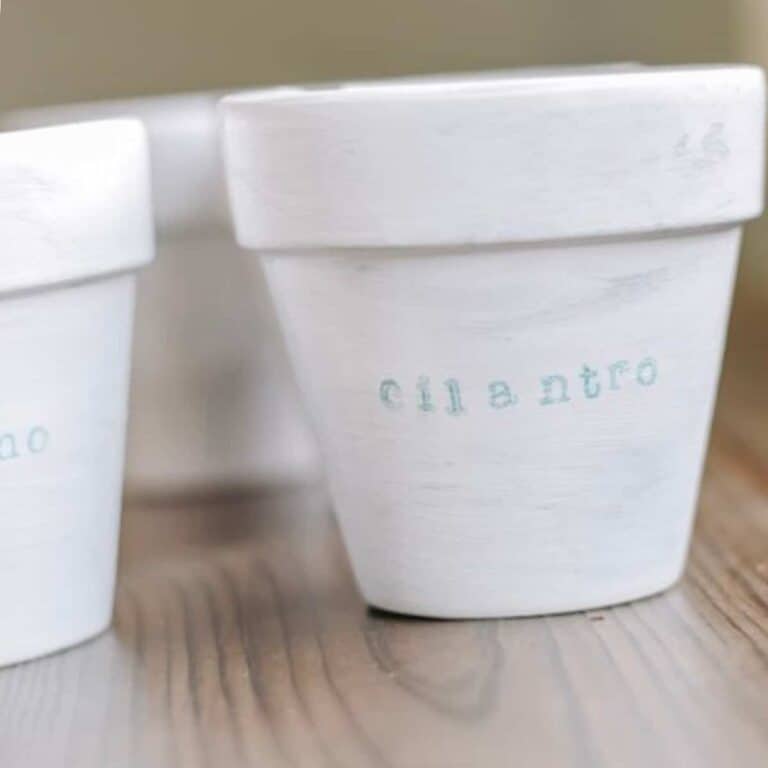
Oh my. So excited I bought one from my neighbor. Didn’t know what I was doing but with your info. It’s a good start and if any I’ll have a beautiful plant.